In the technology space, there are certain brands you grow to depend on. Whether it's due to a long, multi-decade track record of success, or new innovations that blow you away, some tech names accrue a rare kind of brand equity with users that's difficult to earn.
That's why it gives me no pleasure to say that Lenovo's new ThinkReality A6 augmented reality headset delivers a very poor experience, in pretty much every aspect, despite the company's history of high-performance technology offerings.
During the recent AWE conference I had a chance to test the device out firsthand, and it's not an understatement to say that I was shocked at how bad it was. Historically, I've been a fan of Lenovo's products. And I was particularly encouraged by the company's Mirage AR headset, which provides a low-end, mobile AR experience that lets Star Wars fans get a taste of Jedi training.
The major franchise partnership release indicated that the company truly understood AR and how to approach it from a mainstream perspective, and was investing in the space as the future of computing. That may still be true, but the ThinkReality A6 headset is not a great look into that future.
Software Experience
To show off the device's capabilities, Lenovo set up a demo that allowed the wearer to interact with a real circuit board, paired with an AR overlay of the same circuit board. Generally, the demonstration was on rails, so my ability to manipulate and experiment with the experience was limited.
Therefore, I won't go into great detail about the interaction — it was mostly about showing off what visuals look like through the device and allowing users to feel what it's like to control virtual objects using the system.
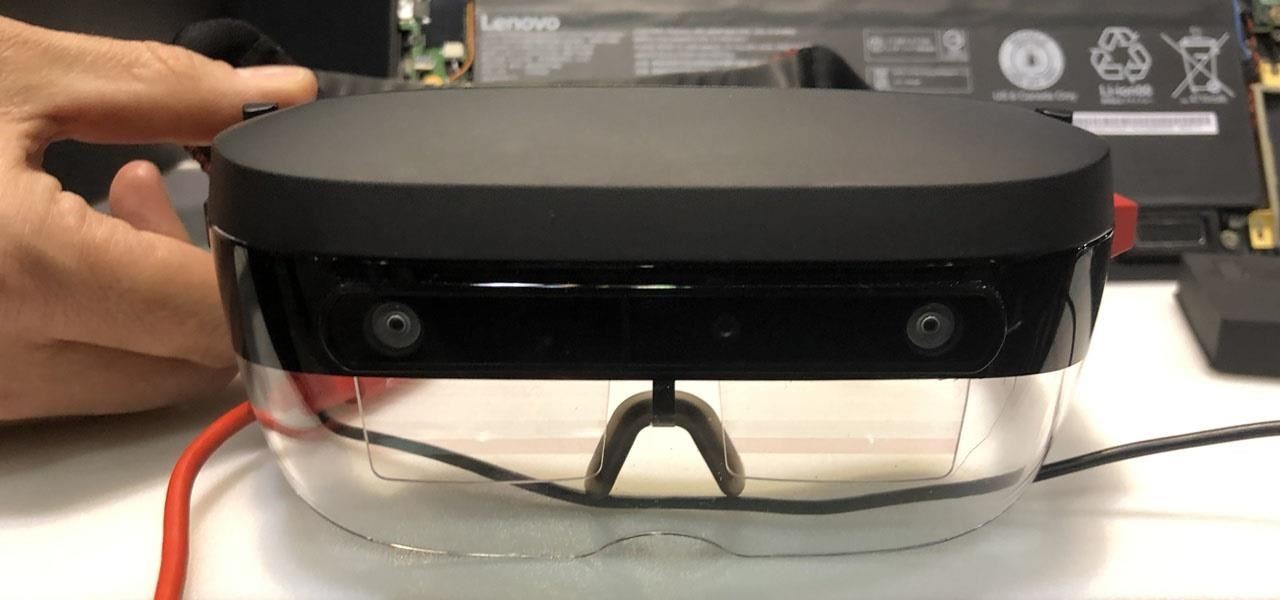
Given the nature of the demo software, the device seems to be framed as an enterprise solution, perhaps as a training device, or even as a way to deliver remote help to on-site workers. Enterprise is where a lot of the high-end AR hardware and software is focused today, so that makes sense.
But the relatively simple experience, which involved viewing and selecting menus and interacting with the virtual circuit board, felt like a trip back in time to 2015–2016, when other, similar devices were still working out how to optimize such an experience. If I had to make a comparison, I'd compare it the first time I tried the Meta Company headset years ago. But, honestly, that's not fair to Meta, because Meta was better than this, even back then.
Hardware, Comfort, & Fit
When I first saw the ThinkReality A6, design-wise, it looked like a kind of hybrid of the HoloLens 1 and the Meta 2 headset. Despite its performance shortcomings, at first glance, it's an attractive device. The black and red device isn't bulky, cradles its waveguides under a modern-looking transparent visor, and the head strap "looks" like a lot of attention was devoted to wearability.
And maybe the team did spend a lot of time on the design and look, but the feel was terrible. Even after being careful to adjust the headset to my noggin, I couldn't wait to take the ill-fitting device off.

The company claims that the headset weighs less than 380 grams. That may be true, but it felt heavier somehow. For comparison, the Meta 2 headset weighs 420 grams (and feels fairly light on the head), and the HoloLens 1 weighs 579 grams (and I feel every gram, I find the device hard to wear for any stretch of time). The weighty feel of the ThinkReality A6 is puzzling since the VR-style back-end head strap seems like it would provide more support and balance. But that wasn't the case for me.
Lenovo also added a noise-canceling microphone and embedded surround sound speakers. During my demo, I got a pair of over-the-ear headphones, which was smart, since the demo area was noisy. Nevertheless, the audio crutch didn't do much to improve the overall experience.

I should also note that, while the device does connect via Wi-Fi, it is not 4G or 5G compatible. Compared to other current AR devices, this isn't a huge shortcoming, but in 2019, offering a brand new AR headset that's not 5G-friendly seems shortsighted.
In addition to the headset, the system comes with a Bluetooth-connected 3DoF (three degrees of freedom) controller, which is what I used to point at, select, and click on virtual menus. Both the headset and controller felt "okay" in terms of build quality. But, after many years of testing all manner of mobile devices, I didn't get the sense that this system would do well over an extended period in rigorous, repeated warehouse or field use in enterprise situations.
Field of View, Optics, & Tracking
According to Lenovo, the ThinkReality A6 headset has a 40-degree diagonal field of view (FoV), a 16:9 aspect ratio, and delivers 1080p resolution per eye via Lumus waveguides. Well, despite these technical specifications, the software demonstration didn't do a great job of representing high-resolution graphics, as I found the images soft and ghostly. There's nothing wrong with translucency in AR, but again, this felt like a step back in time.

As for FoV, if I compare the experience to my initial reaction years ago to the HoloLens 1 and its 34-degree diagonal field of view, the devices' visual framing limitations feel similar. But the HoloLens 1 managed to transcend its FoV limitations by delivering better visual quality and impressive tracking. I can't say the same for the ThinkReality A6. Thus, the FoV not only feels claustrophobic but, when paired with the lackluster image quality, using the device seems like more hassle than it's worth.
Along with the controller mentioned earlier, the ThinkReality A6 headset boasts 3DoF inside-out tracking, head tracking, gaze tracking, voice commands, and gesture controls. Alas, I only got to use the hardware controller to manipulate the interfaces, so I'm not ready to comment on the non-controller-based interface controls until I can test the device again.
The device also offers SLAM (simultaneous localization and mapping) using a depth sensor, a 13-megapixel camera, an IMU (inertial measurement unit), two fish-eye cameras, and around four hours of battery life. Internally, the device runs on Android Oreo, uses a Qualcomm Snapdragon 845 processor, and an Intel Movidius VPU (vision processing unit).
Conclusion
You'll notice that I haven't mentioned the HoloLens 2 in my comparisons. That's because the ThinkReality A6 isn't in the same class as the HoloLens 2 — the company's efforts have a way to go before earning a comparison to the polish and performance of Microsoft's latest AR system. I'm not sure why Lenovo decided to release the product in this state of development. Assuming the company's researchers have tried the alternative AR devices available on the market, it would seem more prudent to wait until you have something a bit more competitive in terms of performance.

Of course, I am always willing to hold out hope that I experienced a confluence of unfortunate circumstances for Lenovo that resulted in a demonstration that doesn't live up to the device's true capabilities. That's always possible (in fact, I'd love for that to be the case).
The area that does offer some potential future upside for the ThinkReality device is the fact that the company is following the increasingly popular tethered hip computer model, a dynamic that takes a lot of the computing work away from the headset, and could allow for a better version of Lenovo's device in the future.
But, as it stands, the ThinkReality A6 performs like a product more suited to the AR space of a few years ago. Today, things are much more competitive, and an enterprise offering from such a well-known name as Lenovo has to deliver more. Lenovo hasn't revealed the price or release date for the device, but it better be very affordable if the company wants a shot at actually getting enterprise users to adopt it over other current and soon-to-be-released wearable AR devices available.
Just updated your iPhone? You'll find new emoji, enhanced security, podcast transcripts, Apple Cash virtual numbers, and other useful features. There are even new additions hidden within Safari. Find out what's new and changed on your iPhone with the iOS 17.4 update.
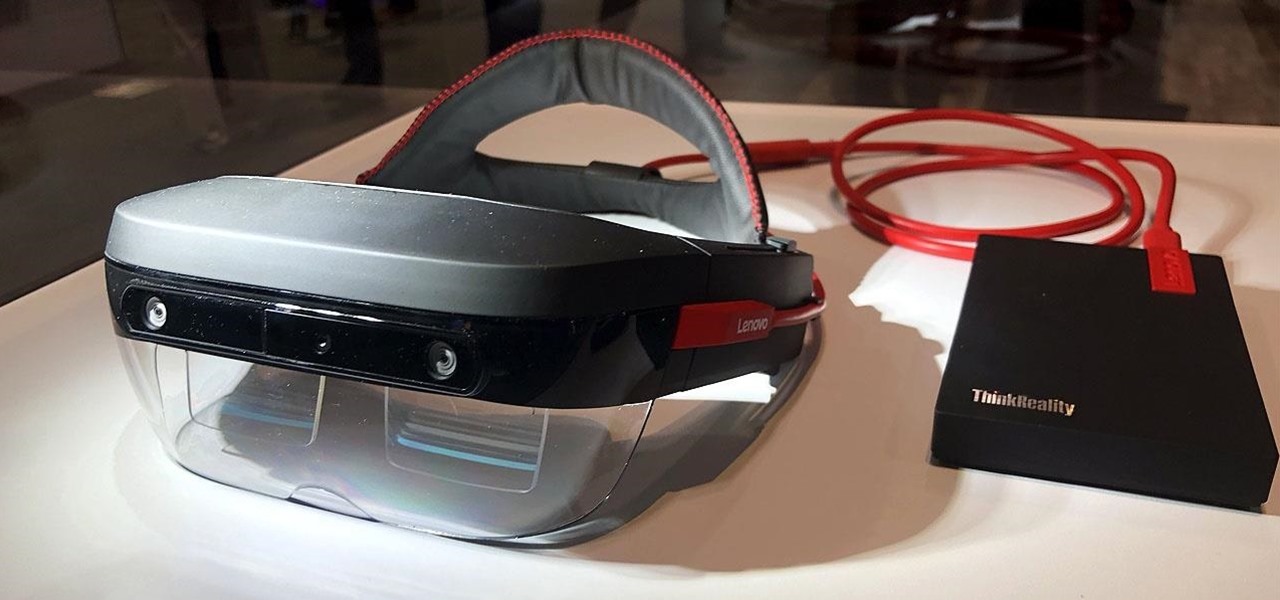











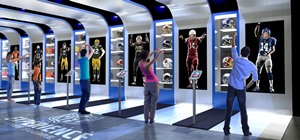



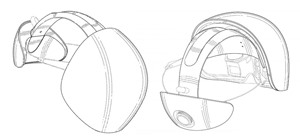



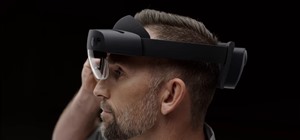






Be the First to Comment
Share Your Thoughts